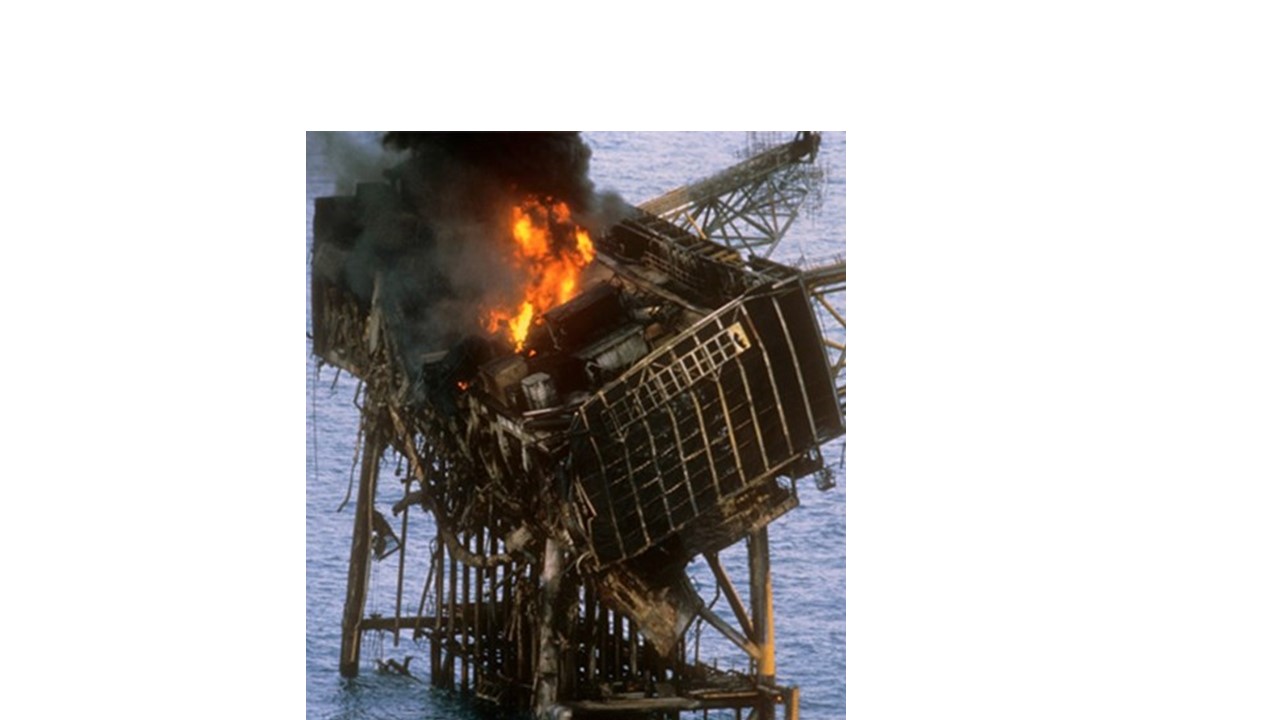The announcement this week that the entity created by the merger of drilling contractors Ensco and Rowan Drilling was to be named Valaris made me laugh. Yet another new company name that means absolutely nothing to its customers or to the marketplace in general.
I recall going to Aberdeen in 1990 for the launch of the new diving/underwater construction company being formed by the merger of Wharton Williams and Smit. It was a big deal. With smoke from dry ice being blown throughout the room and grand flourishes, Dick Morris who I think was chairman of Brown & Root (owner of 2W) at the time appeared from the mist to stand at a lectern and proclaimed, ‘Here we are to announce the formation of…ROCKWATER!’
I was sitting at a table next to Steve Pywell who had been with 2W and was to be commercial manager of the new company. I looked at him and said quizzically, ‘Rockwater?’ His reply with a shrug, ‘ I had nothing to do with it. It was a name chosen by a committee.’ I laughed. Apparently a considerable sum of money – what sticks in my mind was £10K, which was a lot more back nearly 30 years ago – was spent with a branding company to come up with that name. I think I told Pywell that I could have come up with something better for half that sum. How about Subsea 7? Hmmm…
It was not the last of the oddly named companies – Acergy, Acteon and now Valaris. What do they mean? I guess they hope that in the fullness of time, everyone will forget that the name means absolutely nothing.
***************************************************************************************
If I learned anything from writing about the oil and gas industry for three decades, it is that not much changes. And if it does, it happens very slowly.
About 18 months before the oil price crash of late 2014, some of the bigger operators began worrying about the rising cost of new developments which was being fed by increases in engineering man-hours, demand on equipment and ongoing cost overruns. In fact the latter issue was the subject of any number of OTC papers over the years. The brakes were put on a few projects as operators were unsure if they would make money even at $100/bbl of crude.
By the time of the crash, it no longer mattered. The price of oil had fallen by more than 50% and most new projects were being shelved. This, of course, sent the engineering and manufacturing sectors rushing to their spreadsheets to find where they could cut their costs and margins to keep at least some semblance of a development stream going or some companies would go to the wall.
It worked. Tenders were cut and some projects did carry on. Operators were now bragging that they had cut their project capex anywhere from 20% to 40% and even as high as 60%. The cost overruns, though not as egregious, have continued to be harder to shed. Norwegian analysts Rystad Energy reported recently that operators could see cumulative overruns of $111bn over the next four years. Ouch. As has been said often before, what ever happened to project management?
***************************************************************************************
I have a terrible admission – my mind is not quite the steel trap that it once was. After starting Subsea Engineering News back in 1984, I became a source of information on what was going on in the industry. That was because I was a sponge, retaining most what all I was being told and repeating things off the top of my head. Essentially I remembered everything. Nowadays, not so much. So after the last blog, re subsea to shore developments, I knew that I was going to forget one big one project which would make people go ‘tsk, he is losing it’. So failing to remember Greater Gorgon Down Under was an obvious oversight. Mea culpa.





4 thoughts on “What’s in a name?”
Don’t worry Steve, I doubt that there’s a single one of us who have hung up at least one of their boots, that can say their recall is total any more. Just hang on the fact that the more you ever knew, the more there is to forget!
By the way, whatever happened to Statoil? 🙂
you mean StatoilHydro?
The good thing about SEN it brought some engineers and associated subsea workforce together in a less political environment. It was a good way to gleam infos and weight the good and the BS , as an operator you often voice the answer provided by the main partners so everybody node at the same time to keep in the same direction.
In the 70’s we designed the subsea tool box , now you pick and choose the tools.
Maybe whoever chose the name Valaris is a big Game of Thrones fan. “Valar Morghulis” (all men must die) is the motto of the assassin followers of the Many-Faced God.